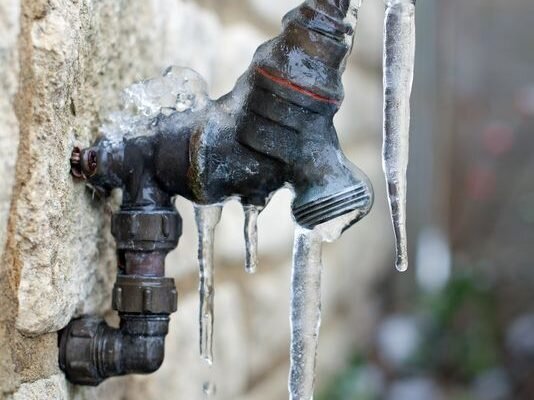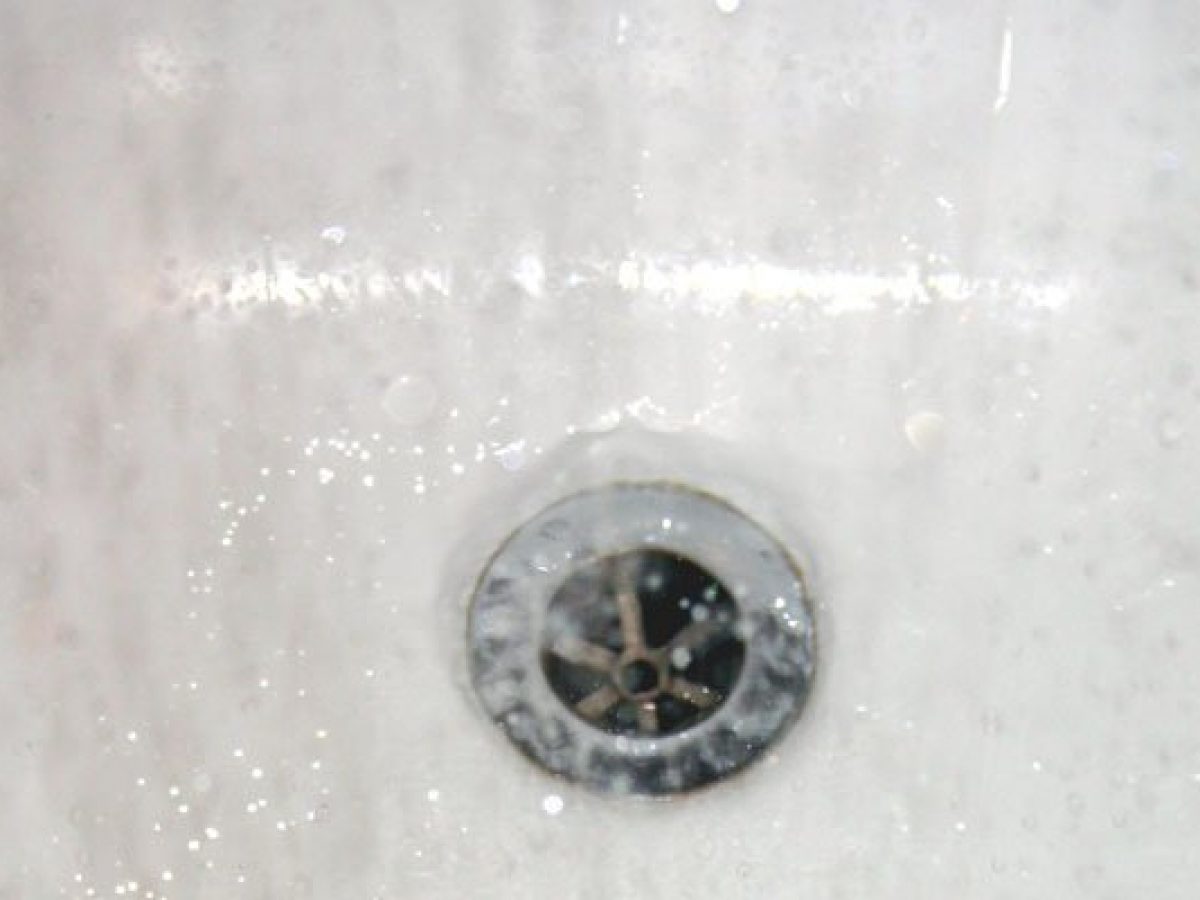Recommended Ways to Secure Your Plumbing From Bursting in Cold Temperatures
Recommended Ways to Secure Your Plumbing From Bursting in Cold Temperatures
Blog Article
We have come across this post involving Winterizing Your Pipes directly below on the net and felt it made perfect sense to share it with you on my blog.

All home owners that reside in warm climates need to do their finest to winterize their pipelines. It is something you have to do during autumn before deep winter months really starts. Failing to do so can spell calamity like frozen, broken, or ruptured pipelines. Here are some handy winterizing hacks to maintain your plumbing system protected even if the weather condition outside is terrible.
Attempt a Hair Dryer or Warm Gun
When your pipelines are almost freezing, your reliable hair dryer or heat gun is a godsend. If the hot towels do not help displace any resolving ice in your pipelines, bowling warm air directly right into them might assist. You may finish up damaging your pipes while trying to melt the ice.
Open Up Cabinet Doors Hiding Plumbing
When it's chilly outside, it would certainly be handy to open cupboard doors that are masking your pipes. Doing this little method can maintain your pipelines warm and also restrict the possibly unsafe results of freezing temperatures.
Take Some Time to Wrap Exposed Pipes
One easy and also awesome hack to warm up freezing pipes is to cover them with warm towels. You can cover them initially with towels. After protecting them in place, you can pour boiling water on the towels. Do it slowly to allow the towels absorb the fluid. You can also utilize pre-soaked towels in hot water, simply don't fail to remember to put on protective handwear covers to safeguard your hands from the warm.
Switch on the Faucets
When the temperature decreases and also it seems as if the icy temperature level will last, it will certainly help to transform on your water both indoors and also outdoors. This will certainly keep the water moving via your plumbing systems. You'll finish up wasting gallons of water this method.
When Pipelines are Frozen, close Off Water
Turn off the major water shutoff quickly if you observe that your pipes are entirely icy or practically nearing that phase. You will generally find this in your cellar or laundry room near the heating system or the front wall surface closest to the street. Transform it off immediately to stop more damages.
With even more water, even more ice will load up, which will ultimately lead to rupture pipes. If you are not sure concerning the state of your pipes this wintertime, it is best to call a professional plumber for an evaluation.
All property owners that live in warm climates need to do their ideal to winterize their pipes. Failure to do so can spell catastrophe like icy, split, or burst pipes. If the hot towels do not help dislodge any type of settling ice in your pipes, bowling warm air directly right into them may assist. Turn off the main water valve instantly if you discover that your pipes are totally frozen or almost nearing that stage. With more water, more ice will pile up, which will at some point lead to break pipelines.
PREVENT YOUR PIPES FROM FREEZING THIS WINTER
A Leading Cause of Property Damage
When the weather is taking a deep nose dive into the cold dreary days, the risk of your pipes freezing and potentially bursting skyrockets. Unfortunately, during these cold dreary months, burst pipes are the most common denominator for property damage. The pipes that are most at the risk are those that are in areas where it is most cold in your home. For instance, pipes located in interior places such as basements, attics, and your garage. Unfortunately, that doesn’t mean that the pipes running through your cabinets or exterior walls can’t freeze. Good news, however, is that you can do things to help prevent pipes from freezing.
How to Prevent Pipes From Freezing
Once the temperature starts to drop during the winter, you should be taking the proper measures needed to ensure that your pipes stay warm and that there is circulation of water through them. Some steps that experts may recommend could go against your better judgement when it comes to saving water and heat. However, it would go without saying that when expenses are compared, damaged pipes could put a bigger dent in your wallet than a water bill.
What Can I Do?
Keep your garage door closed. This is very important, especially if you have water supply lines running through your garage. Open your kitchen and bathroom cabinets to allow warm air to circulate through them. Allow air circulation throughout your home. Keeping the interior doors open will once again allow the warm air to circulate inside your home. Ensure your thermostat is running the same temperature throughout the night and day. If you plan to be away from home during the cold months, set your temperature no lower than 55° F. This should provide enough heat to keep the pipes warm and prevent any remaining water inside the pipes from freezing. For more of a long-term solution, add insulation to attics, basement, and other crawl spaces around your home. By allowing your faucet to drip, it will alleviate pressure in the system. This is important because the pressure that is created between the blockage and the faucet can potentially cause the pipes to burst. Allowing the faucet to drip will prevent the pressure from building up, therefore keeping the pipes from bursting. Seal any cracks, openings, and crawl spaces around your home to prevent cold air from coming inside. This keeps your pipes-not to mention your home-warmer and less susceptible to issues caused by freezing temperatures. For the pipes in your home that are easily accessible, applying electrical tape to them might prevent them from freezing over. This is a quick fix, as you can apply the tape directly to the pipe. There are two options for heating tapes. One turns on and off by itself when it senses heat is needed. The other type of heating tape needs to be applied when heat is needed and removed when not necessary. If you have exposed pipes in your home, you can check this website to take a look at a few options that would be available at a shop near you.

As a serious reader on Winterizing Your Pipes, I think sharing that piece of content was beneficial. Sharing is nice. Helping others is fun. We treasure reading our article about Prevent Freezing and Bursting Pipes.
Instant Quote Report this page